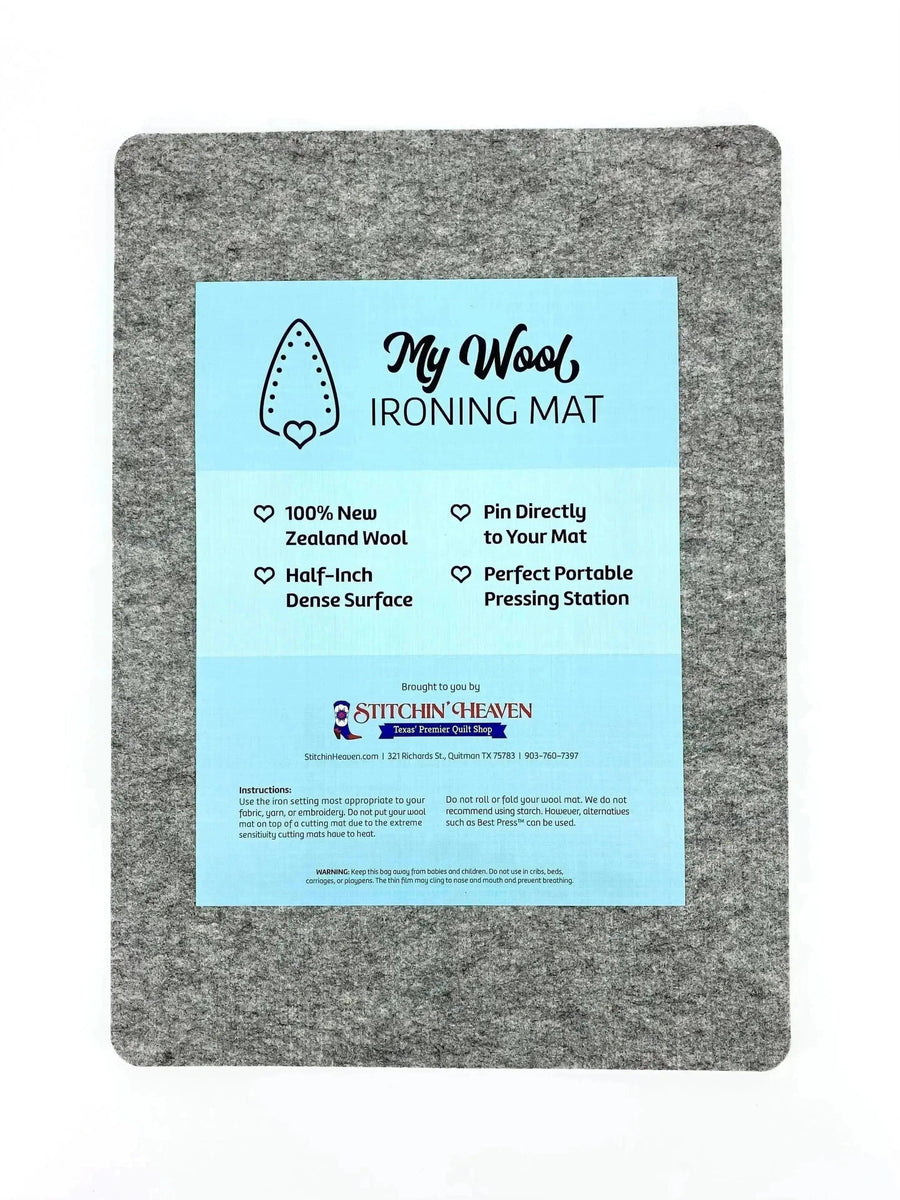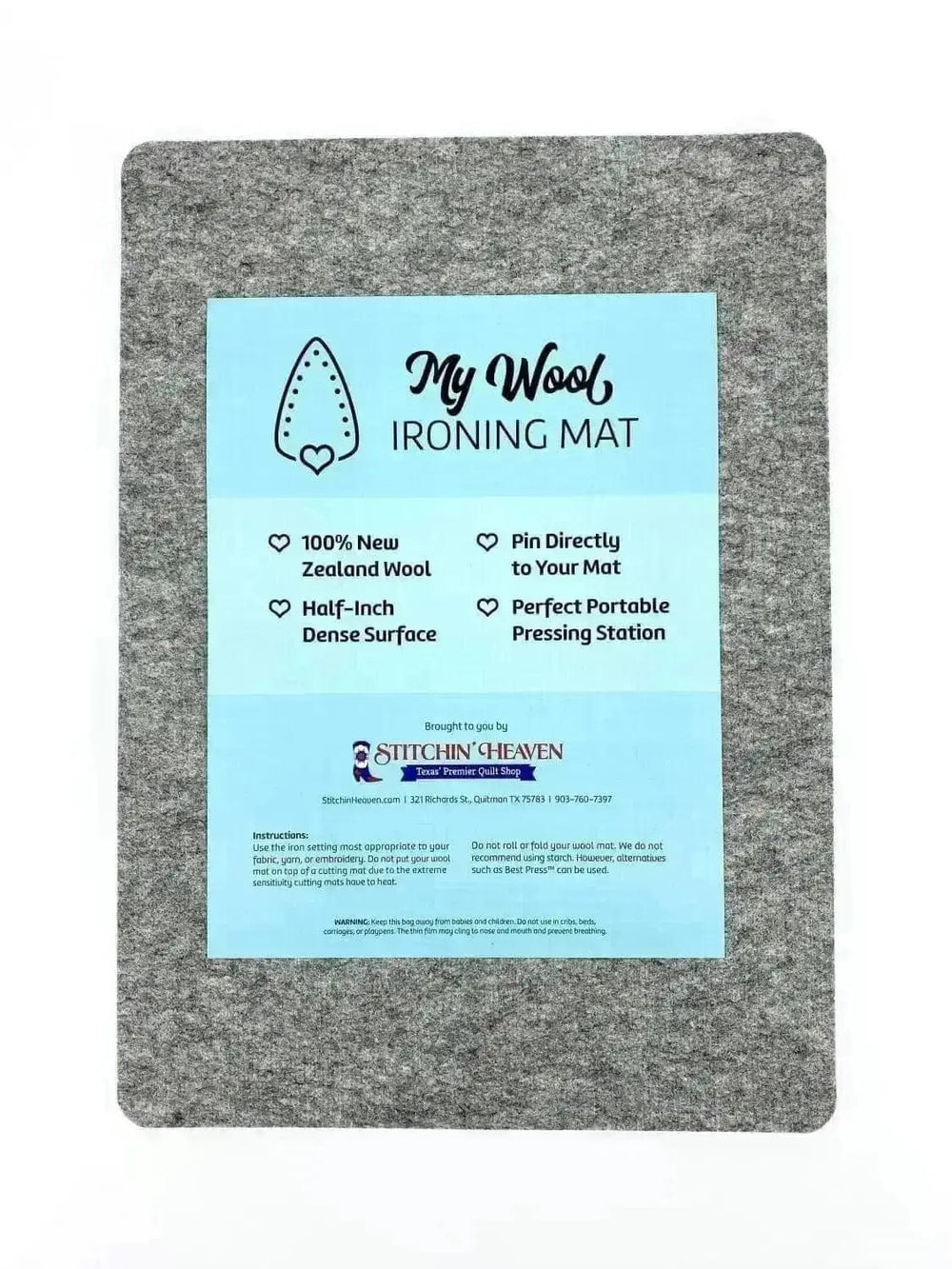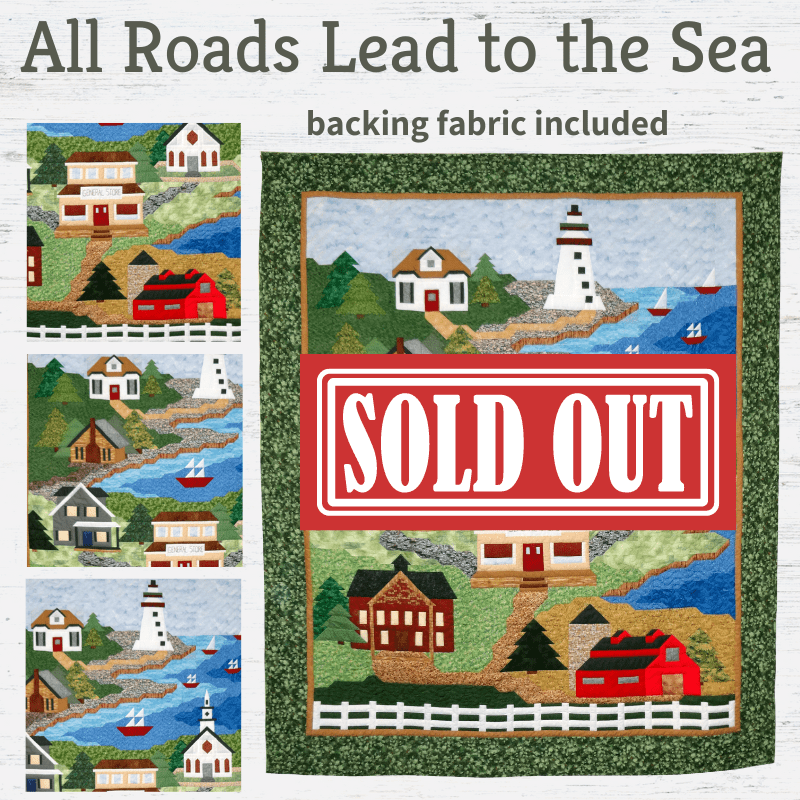Quilt Sizes: How to Measure Your Bed for a Quilt
Quilt Sizes
Updated: Aug 21, 2020
You would think that determining the quilt size for your bed would be easy, and you're right!
If you know a few essential hacks, this will be a smooth and straightforward process for you, and that's precisely what we want to share with you all today!
When measuring your bed to determine what the finished size of your quilt needs to be, you should arrange your bed as it would be when you plan on snuggling down in it for the night.
That includes all of your sheets, extra blankets, and pillows, all on the bed as it usually is.
A couple of key terms for you to remember when measuring for your quilt is the "Drop" which is the part of the quilt that hangs over the edge of the mattress and the "Tuck" which is the part of the quilt that folds under pillows, when the bed is completely made and the pillows are fully covered.
Depending on your pillow size, that "Tuck" allotment could be as shallow as 10" or as deep as 20".
Another important thing to keep in mind is that the amount of quilting and batting used can result in as much as a 3%-5% loss in the overall size of your finished quilt.
This can also happen during the washing and drying of your quilt.
Measuring the Width
First, measure the mattress width and add twice the "Drop" (drop length).
If your quilt is for a comforter-sized finish measure from the top of the mattress to just slightly past the mattress's lower edge. That is how you figure "drop length".
For a smaller quilt or coverlet, measure from the top of your mattress to just below the bottom of your bed rail and for a bedspread, measure from the top of your mattress to just above the floor.
Measuring the Length
If having the quilt cover your pillows is important to you, then measure the mattress length and then add one "drop length" plus the 10" - 20" for the pillow tuck.
Determining the exact amount to add all depends on the size and fullness of your pillows as well as the desired depth of your "Tuck". If you wish for your pillows to be fully covered by the quilt, measure the mattress length and add one additional "drop length".
Adjust Your Quilt's Size
When using a pattern or kit, you are making that quilt to the standard predetermined size.
However, if you are looking to customize or modify the dimensions of your quilt, there are a few things you need to know about how to measure and plan for making those adjustments.
To begin, you need to determine the size of the quilt you want to make. Is this quilt for your son or daughter's expected child?
Maybe it's for the bedroom makeover.
Whatever the occasion for needing to determine the appropriate finished size of your quilt, when it comes to customized dimensions, you need to know what you're doing so you can avoid a massive, disappointing headache down the road.
The process for figuring custom measurements varies from project to project.
From your embroidery throw pillow to wall hanging, to bed-size quilts ranging from crib to California King, it's essential to know how to adjust that size appropriately for your best result.
Now that you have determined the size of your quilt, you've probably found that following a particular pattern you previously had in mind to be a little harder now.
To remedy this, there are several alterations you can make!
It's important to remember that when altering certain parts of your quilt, you may also be changing the proportions of elements (such as blocks) in relation to each other.
We would advise first writing or sketching your ideas of the changes you are planning to make on paper.
This can help you keep track of the entire project so you can have a visual aide to show you how the alterations you are making are affecting the other elements of your quilt.
You might find that after studying the original block layout for your quilt that now you don't have the right number.
If your new calculations show that the quilt top is too large due to too many blocks, if possible, try re-arranging the block layout. This won't ensure that you get to keep all of the blocks you originally planned on incorporating, you may have to make the hard decision to reduce the number of blocks in your quilt or change up the number of blocks to a row or even the number of total rows.
If you do have to end up reducing the size of your quilt by removing blocks but now you find that the quilt is too small, consider adding sashing between the rows to regain a few of your lost inches.
Finally, in regards to reducing the size of your quilt by removing blocks, if you find that eliminating blocks is simply not an option, try using narrower sashing.
Having a quilt that's too big isn't always the problem.
What if your quilt is too big?
You might not have enough blocks, so do some research and consider adding more blocks or rows!
You can also add setting squares in order to spread out your pre-existing blocks. To add or increase the width of your quilt, increase the width of the sashing or try out a diagonal (also known as an "on point") block layout.
If you are still in the planning stage and haven't actually cut your blocks yet, you could also consider enlarging the finished size of your blocks.
If you're altering the finished size by adjusting the border, we recommend not only taking into consideration reducing or enlarging the border width but additionally, creating a second border! As another reminder, keep the proportion of the border to the finished quilt size you are striving for in mind.
Have Your Considered Quilt Kits?
Quilt Kits are exceptional products found in some local quilt shops. A quilt kit usually includes the pattern and the fabric needed to complete a quilt kit.
At Stitchin' Heaven the above is true and we also include the size of the finished quilt on the label to make it simpler when shopping for your quilt kit.
Bed & Standard Quilt Sizes
*NOTE: All measurements listed here are width x length*
Crib:
Mattress Size: 23” x 46"
Batting Size: 45” x 60"
Twin:
Mattress Size: 39” x 75"
Batting Size: 72” x 90"
Double (or Full):
Mattress Size: 54” x 75"
Batting Size: 81” x 96"
Queen:
Mattress Size: 60” x 80"
Batting Size: 90” x 108"
King:
Mattress Size: 76” x 80"
Batting Size: 120” x 120"
California King:
Mattress Size: 72” x 84"
Batting Size: 120” x 120"





